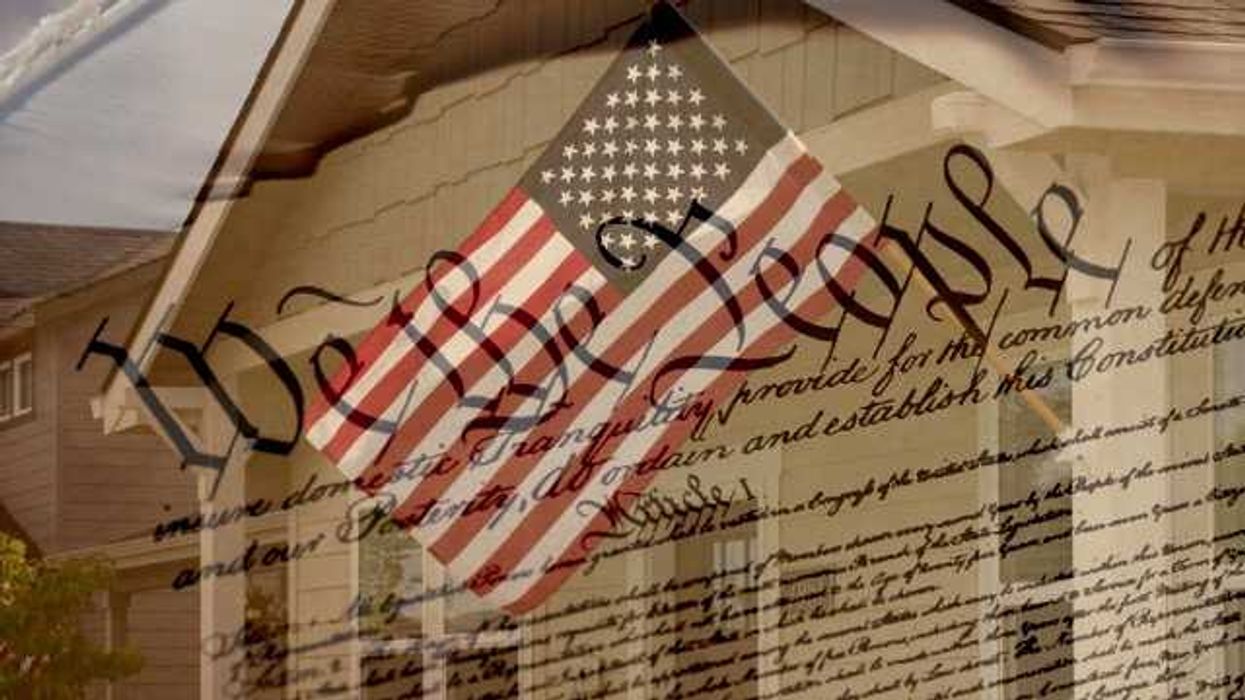It took just north of $2 million to win the average House race last year and $15.7 million to win a Senate seat – but that's nothing compared to the subset of eight victorious new senators, who spent an average of $23.8 million.
Those numbers, which predictably shattered previous records, headline new calculations by the Center for Responsive Politics for the first in a four-part series analyzing money-in-politics trends from the 2018 midterm.
The three biggest spenders all challenged incumbents. Only one of them won: Republican Rick Scott, who spent an all-time record $83.5 million (most of it the record-setting $63.5 million he gave himself) to edge incumbent Democrat Bill Nelson ($33 million spent) in Florida. Outside groups brought total spending on the contest above $209 million, CRP found, "blowing away the previous record-holder."
The second biggest spenders were Democrat Beto O'Rourke, who spent $79 million of other people's money in Texas, and Republican Bob Hugin, who spent $39 million of mostly his own money in New Jersey.
Among House freshmen, the typical Democrat spent more than $4.4 million but the average Republicans' outlay was just $1.6 million – the discrepancy being the result of so many of the new Democrats challenging GOP incumbents in tossup contests while the relatively few GOP newcomers mainly cruised into safe seats.











 Shannon Gormley, Rhode Island Public Schools
Shannon Gormley, Rhode Island Public Schools Les Sinclair, Blue Ridge Area Food Bank
Les Sinclair, Blue Ridge Area Food Bank Elena Casillas Hoffman,
Elena Casillas Hoffman, 
 Darrious Hilmon, Executive Director, CAN-TV
Darrious Hilmon, Executive Director, CAN-TV










